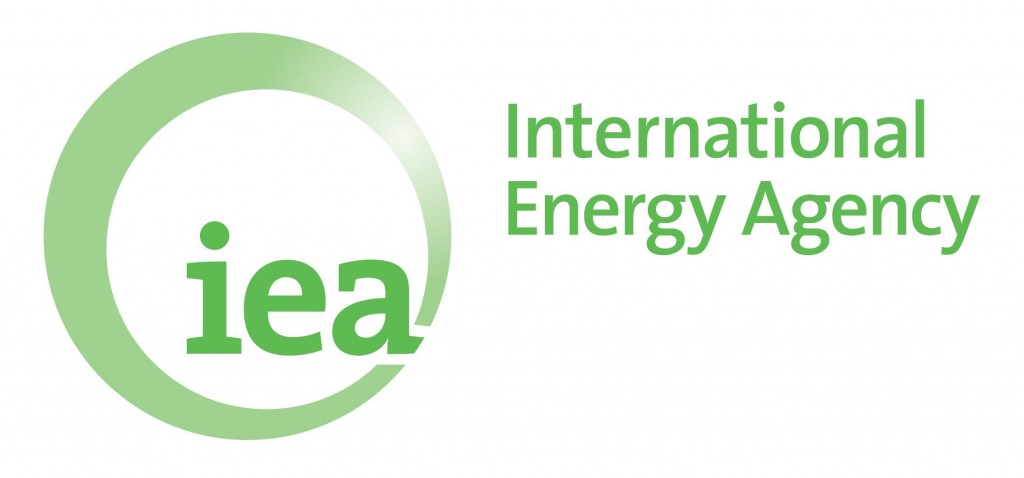
IEA: Carbon-neutral Nordic energy system possible
The International Energy Agency (IEA) has released their new assessment of the Nordic countries – Nordic Energy Technology Perspectives – detailing scenarios for a carbon-neutral Nordic region by 2050. The…
The International Energy Agency (IEA) has released their new assessment of the Nordic countries – Nordic Energy Technology Perspectives – detailing scenarios for a carbon-neutral Nordic region by 2050. The IEA points to sector-wide changes, including up to a ten-fold increase in wind generation, significant grid build-out and a revolution of the transport sector.
Nordic Energy Technology Perspectives is the first ever regional edition of the IEA’s renowned global publication Energy Technology Perspectives. While based on the same global scenarios to limit average temperature increase to 2°C, the Nordic edition includes an even more ambitious Carbon-Neutral Scenario, exploring how the Nordic countries can achieve their national emission reduction targets for 2050.
The analysis calls for a complete decarbonisation of Nordic electricity generation, with an increase in wind’s share from 3% today to 25% in 2050. Improvements in grid infrastructure will be important in facilitating this, and with the right pricing in place, the Nordic region could achieve annual electricity exports of 50 to 100 TWh over the longer term. Existing Nordic hydro power resources can play an increasingly important role in regulating the North European power system.
Achieving the required 7% drop in energy demand between 2010 and 2050 requires significant energy efficiency improvements in buildings, industry and transport. Average energy use per square metre in buildings must drop by 35% from current levels. The necessary reductions in industrial emissions rely on Carbon Capture and Storage (CCS),which must equip 50% of cement plants, and 30% of iron and steel and chemical industries in 2050.
Transport will require the greatest emission reductions of any sector, to just an eighth of its current level by 2050. To achieve this, sales of electric vehicles must double every year for the next decade, reaching 30% of total sales in 2030 and 90% in 2050. Biofuels will underpin freight transport, accounting for half of energy use in all Nordic transport in 2050. The region could become a net importer of biomass, highlighting the need to secure a sustainable supply and the potential for Nordic technology development in the area.
The project is a cooperation between the IEA, leading research institutes from Denmark, Finland, Iceland, Norway and Sweden, and Nordic Energy Research. A launch event will take place in each of the five Nordic capitals in January and February.
- Download the report, order a hard copy and sign up to launch events
- Explore the data at the IEA website
- Contact: Benjamin Donald Smith, bs@nordicenergy.org, +47 9040 6203
